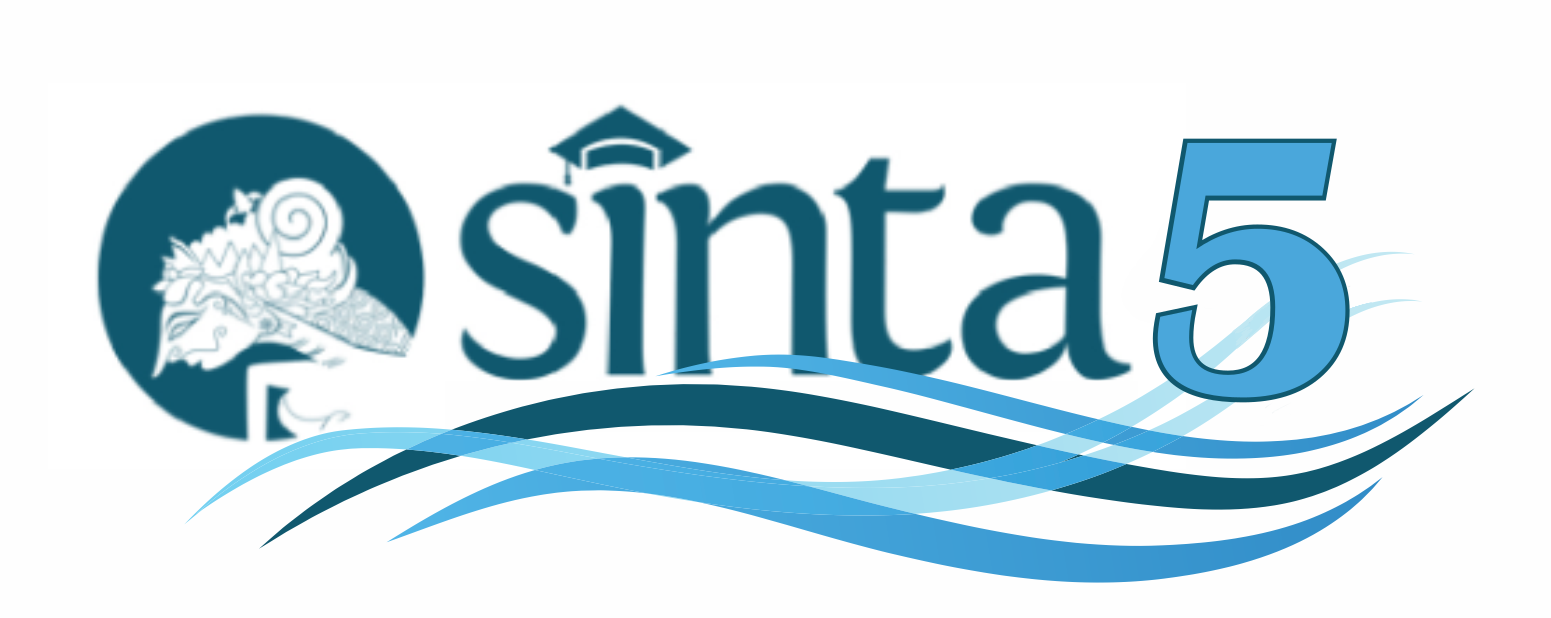Analisis Kandungan Logam Berat pada Minyak Ikan Sardine (Sardinella sp.) Hasil Penepungan dari Bali
DOI:
https://doi.org/10.31957/acr.v7i1.3822Keywords:
heavy metals, refining, sardine or lemuru fish oil.Abstract
Sardines, or lemuru, are a group of pelagic fish that are often found in the
waters of the Bali Strait because they have potential economic and strategic value
such as a source of income for fishermen, a provider of raw materials for the
processing industry, and a source of local income. Sardine, or lemuru fish, is a
pelagic fish that has a high oil content and can be used in the processing industry.
In processing industries such as the flour industry, waste will be produced, one of
which is liquid waste such as fish oil. Fish oil, which is a by-product, can be utilized
further, but the impurity components, one of which is the heavy metal content in the
oil, must be removed first. The way to remove or reduce the concentration of heavy
metals in fish oil is through a series of purification techniques. The aim of this study
was to determine the heavy metal content in sardine or lemuru fish oil from Bali,
which has been purified first, and then compare the results of these heavy metal
tests with the results of other studies. The purification carried out was divided into
3 stages, namely degumming using water (without citric acid), neutralization using
NaOH, and bleaching using magnesol XL 5% (w/v). Crude fish oil (unrefined) and
pure fish oil are then tested for heavy metals. The results show that purifying fish
oil can reduce heavy metal content. These results are also in line with research
conducted by several previous researchers. So it can be concluded that the refining
stage can reduce the heavy metal content so that it meets the International Fish Oil
Standard (IFOS).
Downloads
References
Akbar, S.A., dan Rahayu, A.K. 2023. Tinjauan literatur: bioakumulasi logam berat pada ikan di perairan Indonesia. Lantanida Journal. 11(1): 51-66.
Azni, P.A., Djaenudin, dan Sururi, M.R. 2014. Pengaruh logam tembaga dalam penyisihan logam nikel dari larutannya menggunakan metode elektrodeposisi. Jurnal Rekayasa Lingkungan. 2(2): 1-11.
Bija, S., Suseno, S.H., dan Uju. 2017. Pemurnian Minyak Ikan Sardin dengan Tahapan Degumming dan Netralisasi. Jurnal Pengolahan Hasil Perikanan Indonesia. 20(1): 143-152.
Budiastuti, P., Rahardjo, M., dan Dewanti, N.A.Y. 2016. Analisis pencemaran logam berat timbal di badan sungai Babon Kecamatan Genuk Semarang. Jurnal Kesehatan Masyarakat. 4(5): 119-124.
[BSN] Badan Standardisasi Nasional. 2009. [SNI] Standar Nasional Indonesia Nomor 7387:2009. Tentang Batas Maksimum Cemaran Logam Berat dalam Pangan. BSN. Jakarta.
[BPS] Badan Pusat Statistik Provinsi Bali. 2022. Produksi Perikanan Menurut Kabupaten/Kota di Provinsi Bali (Ton) 2020-2022. https://bali.bps.go.id/indicator/56/234/1/produksi-perikanan-menurut-kabupaten-kota-di-provinsi-bali.html. Diakses: 17 Mei 2024.
Dinas Kelautan dan Perikanan Provinsi Bali. 2015. Statistik Perikanan Tangkap Tahun 2015. https://diskelkan.baliprov.go.id/data-dan-statistik/. Diakses: 17 Mei 2024.
Hariyoto, F.D. 2021. Akumulasi logam berat Timbal (Pb), Kadmium (Cd), Seng (Zn) dan Merkuri (Hg) di perairan beserta dampaknya bagi produk perikanan dan kesehatan manusia. Buletin Matric. 18(2): 40-46.
Harsojo, dan Darsono. 2014. Studi kandungan logam berat dan mikroba pada air minum isi ulang. Ecolab. 8(2): 53-96.
Huli, L.O., Suseno, S.H., dan Santoso, J. 2014. Kualitas minyak ikan dari kulit ikan swangi. Jurnal Pengolahan Hasil Perikanan Indonesia. 17(3): 233-242
Idriss, A.A., and Ahmad, A.K. 2015. Heavy metal concentrations in fishes from Juru River, estimation of the health risk. Bull Environ Contam Toxicol. 94(2): 204-208.
[IFOS] International Fish Oil Standard. 2014. Fish Oil Purity Standard.
Istarani, F., dan Pandebesie, E.S. 2014. Studi dampak arsen (As) dan kadmium (Cd) terhadap penurunan kualitas lingkungan. Jurnal Teknik Pomits. 3(1): 53-58.
[KKP] Kementerian Kelautan dan Perikanan. 2019. Unit Pengolahan Ikan. https://statistik.kkp.go.id/home.php?m=upi&i=108#panel-footer. Diakses: 9 Mei 2024
[KKP] Kementerian Kelautan dan Perikanan. 2021. Produksi Perikanan. https://statistik.kkp.go.id/home.php?m=upi&i=108#panel-footer. Diakses: 9 Mei 2024
Downloads
Published
Issue
Section
License
Copyright (c) 2024 ACROPORA: Jurnal Ilmu Kelautan dan Perikanan Papua

This work is licensed under a Creative Commons Attribution-NonCommercial-ShareAlike 4.0 International License.
Authors who publish with this journal agree to the following terms:
- Authors retain copyright and grant the journal right of first publication with the work simultaneously
licensed under a Creative Commons Attribution-NonCommercial-ShareAlike 4.0 International License
that allows others to share the work with an acknowledgement of the work's authorship and initial
publication in this journal. - Authors are able to enter into separate, additional contractual arrangements for the non-exclusive
distribution of the journal's published version of the work (e.g., post it to an institutional repository
or publish it in a book), with an acknowledgement of its initial publication in this journal. - Authors are permitted and encouraged to post their work online (e.g., in institutional repositories or
on their website) prior to and during the submission process, as it can lead to productive exchanges,
as well as earlier and greater citation of published work (See The Effect of Open Access).




















